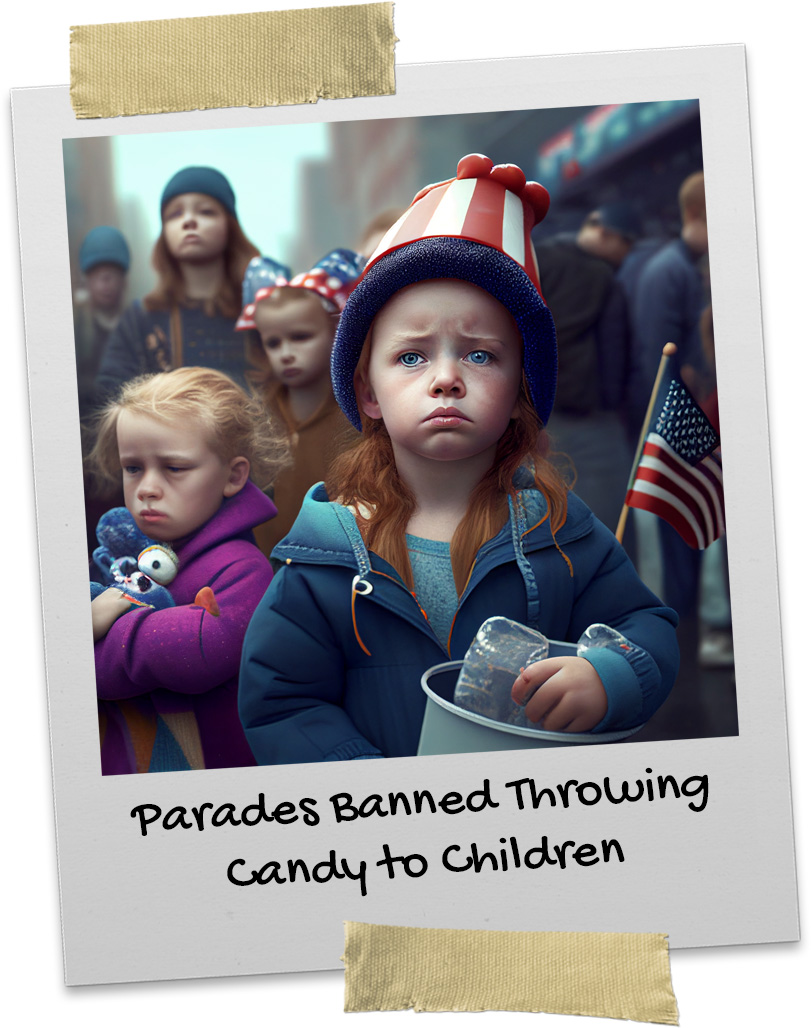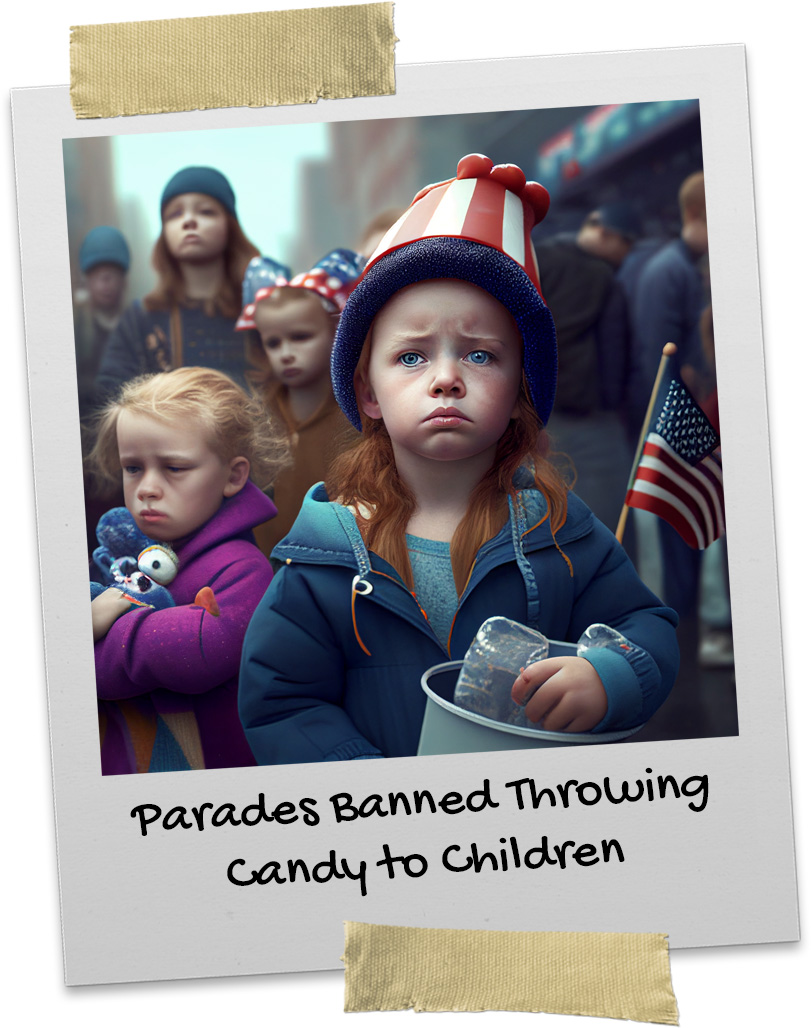Parades Banned Throwing Candy to Children


By the summer parade season hit in 2020, the United States was well within the throes of the pandemic. Children had been coping with the impact of the pandemic for a significant period, with cancelled Easter egg hunts, spring sports, and end-of-school-year events.
With summer vacation underway, many were now grappling with the prospect of celebrating the Fourth of July without traditional festivities such as fireworks, parades, ball games, and parties, many of which were called off due to restrictions on the number of people who could get together.
The Centers for Disease Control and Prevention emphasized the importance of social distancing during the Fourth of July holiday, given recent surges in COVID-19 cases, and urged families to celebrate in a safe manner.
For the parades that still were allowed to happen, they were drastically reimagined. Most places banned one of the most popular parts of a parade, candy throwing. The thinking was that if someone who is sitting on the back of 1962 Ford Thunderbird grabs a handful of Starbursts and Skittles and throws it into the crowd, who knows what the hell could happen?
Kids were all still allowed to go to the store and buy their own candy. It’s not like candy sale were banned in any way. If we were worried about the person throwing the candy, we could have passed around Purell before the parade started. If kids running out into the street together broke the six-foot bubble, well, kids never really respected that rule to begin with—they are kids. In fact, the most dangerous part of throwing the candy would have been a foot getting ran over by the parade float, or getting run into by a Shriner’s go-kart (too soon?). Instead, candy tossing was banned. Because it’s just good science.
Other places adopted reverse parades, where the floats were stationary, and families would drive through them very slowly, but stay in their own cars. Although this was different from the usual festivities, it still provided a fun way to celebrate the holiday. You could tell who the most invested parents were because they threw candy to their kids in the back seat.



